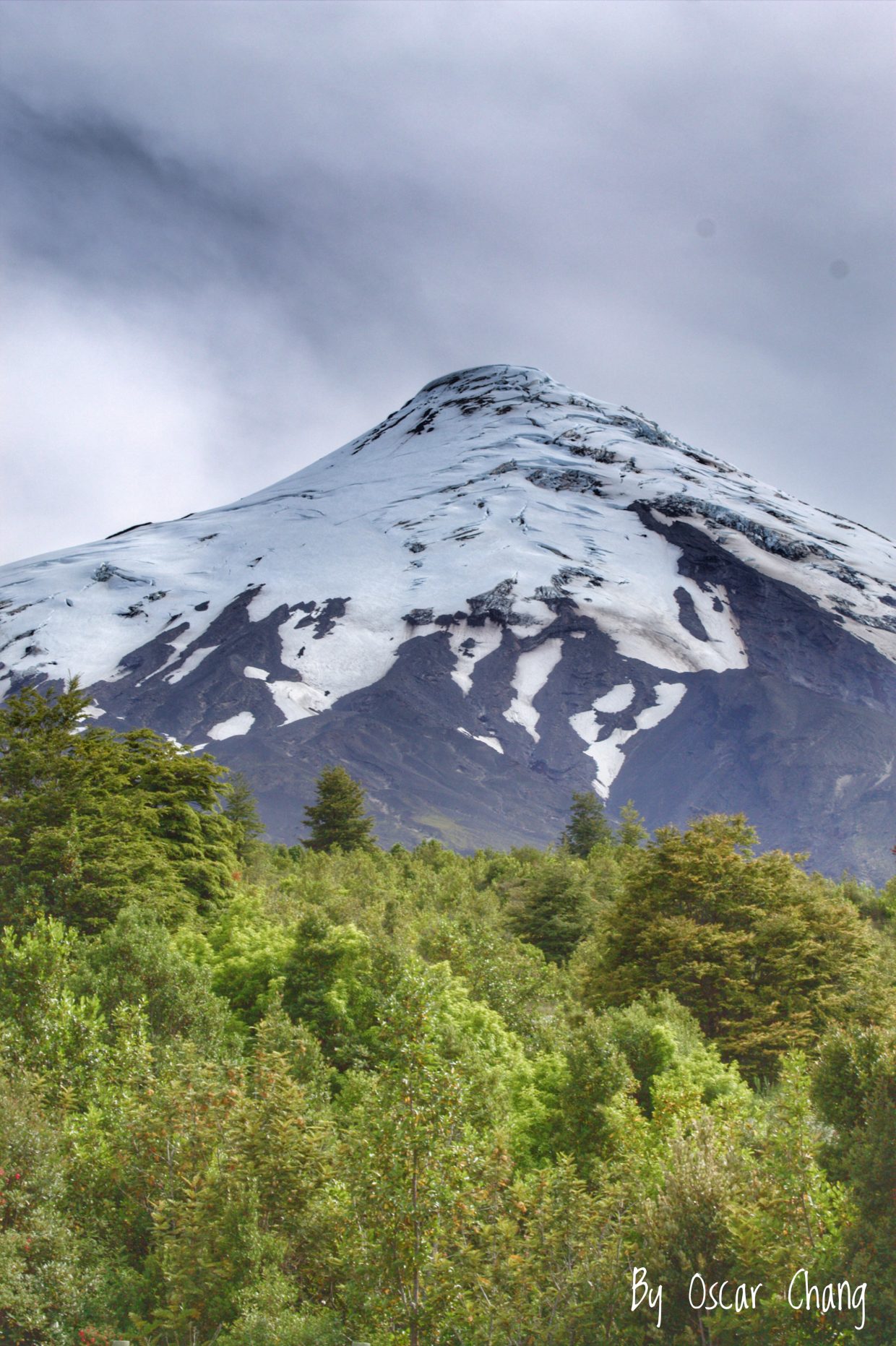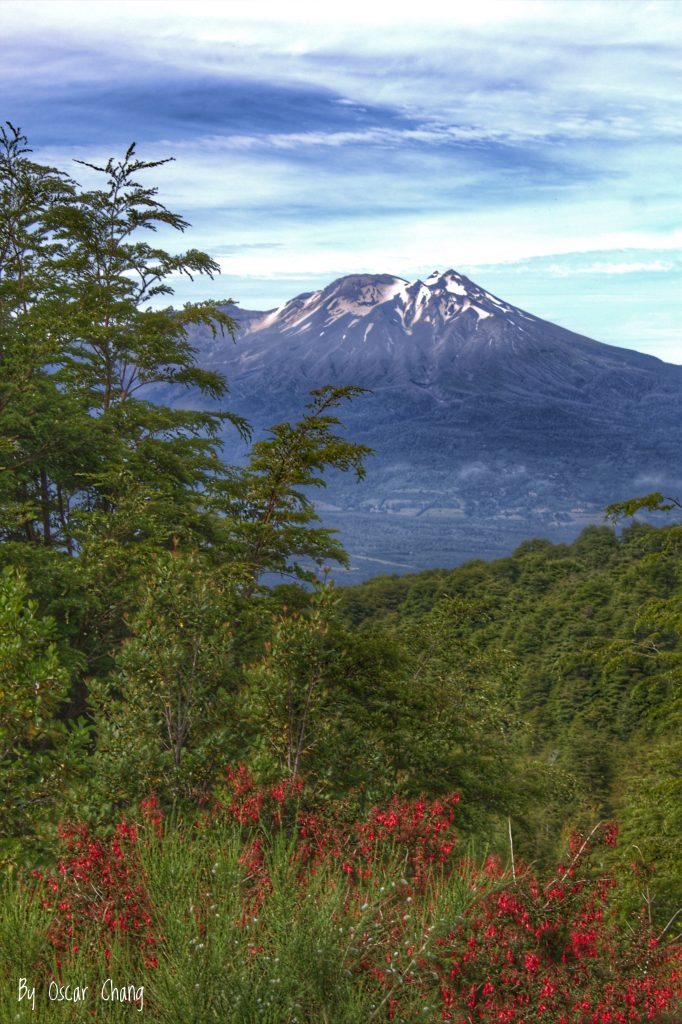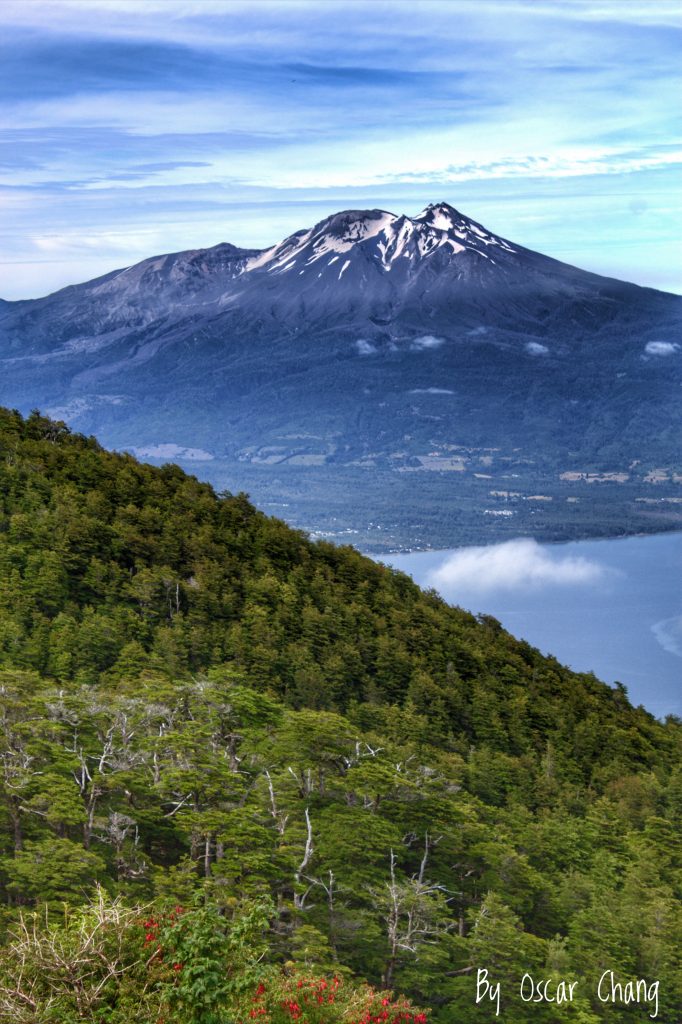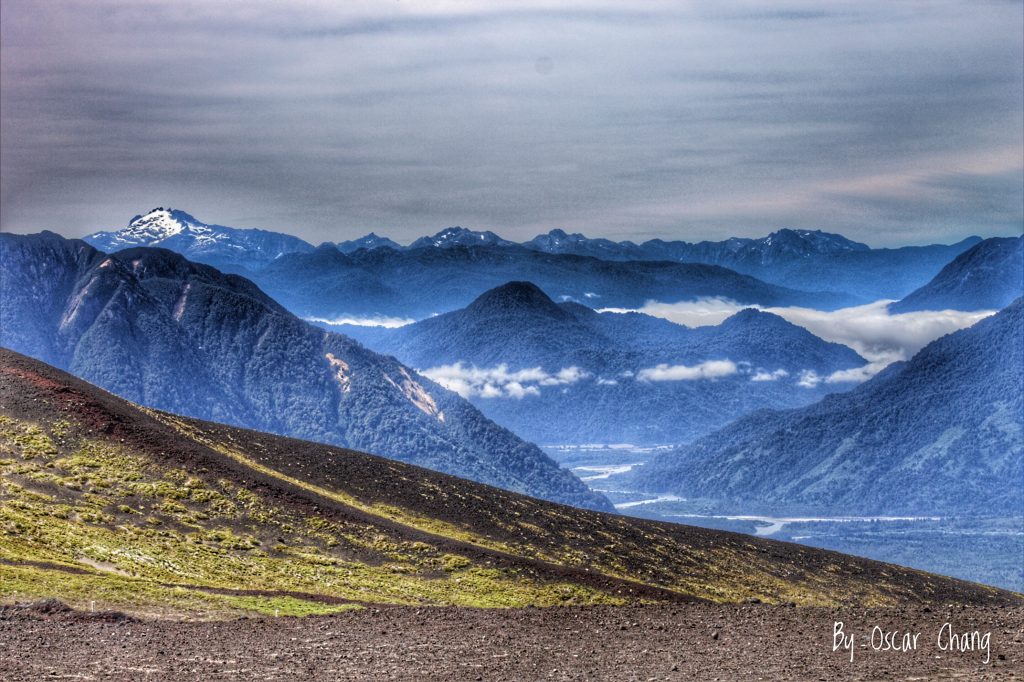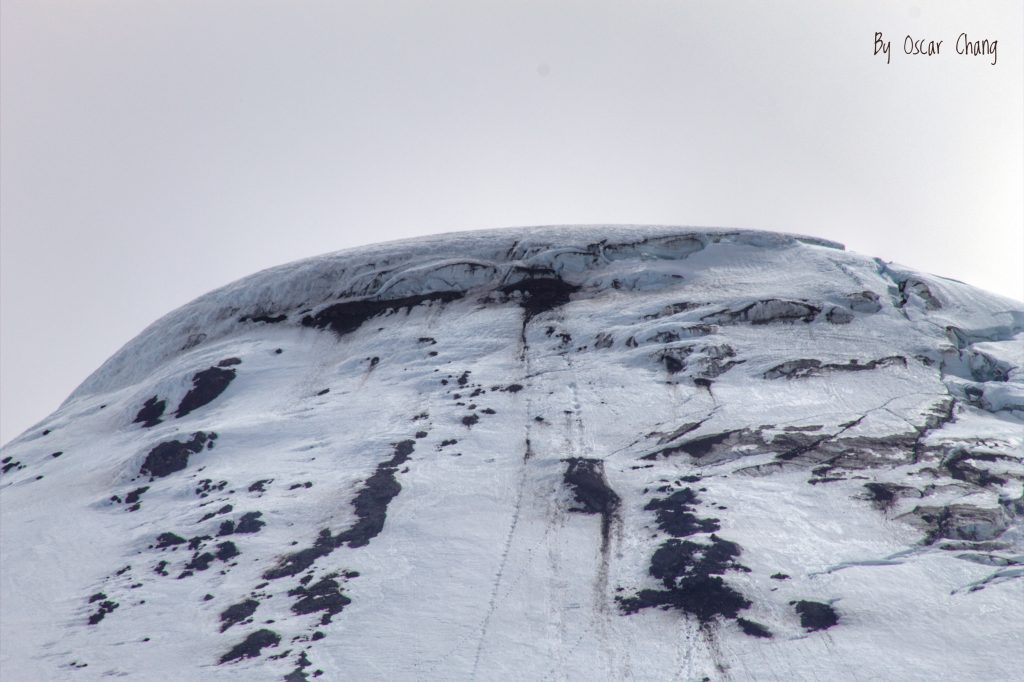El inicio de la actividad de este volcán surge hace 200 mil años. Su historia y evolución reflejan un complicado proceso de crecimiento e interacción con los extensos glaciares alojados en toda la región durante las glaciaciones, los que con su inmenso poder erosivo, desmantelaron su estructura en varias oportunidades. La parte superior del edificio actual fue construida íntegramente en el período post-glacial, motivo por el cual se observa una buena preservación de su morfología cónica. Hacia finales del siglo XIX aun se podía apreciar el interior de su cráter principal, el cual según los registros presentaba una débil actividad fumarólica.
The beginning of the activity of this volcano arises 200 thousand years ago. Its history and evolution reflect a complicated process of growth and interaction with the extensive glaciers housed throughout the region during the glaciations, which with their immense erosive power, dismantled their structure on several occasions. The upper part of the current building was built entirely in the post-glacial period, which is why a good preservation of its conical morphology is observed. Towards the end of the 19th century you could still see the interior of its main crater, which according to the records showed a weak smoking activity.
El comportamiento eruptivo histórico del volcán Osorno se ha caracterizado esencialmente por episodios predominantemente efusivos y de baja explosividad, como erupciones hawaiianas a estrombolianas, que se asocian con la evacuación de basaltos y andesitas basálticas1, rasgo común en otros volcanes de los Andes del Sur. Pese a esta conducta relativamente tranquila, existen evidencias de actividad explosiva en el periodo postglacial, como eventos vulcanianos, e incluso subplinianos, asociados a la evacuación de escasos magmas dacíticos, mientras el estilo eruptivo dominante.
The historical eruptive behavior of the Osorno volcano has been essentially characterized by predominantly effusive and low explosive episodes, such as Hawaiian to Strombolian eruptions, which are associated with the evacuation of basalts and basaltic andesites1, a common feature in other volcanoes in the Southern Andes. Despite this relatively calm behavior, there is evidence of explosive activity in the postglacial period, such as vulcanian and even subplinian events, associated with the evacuation of scarce dacitic magmas, while the dominant eruptive style.
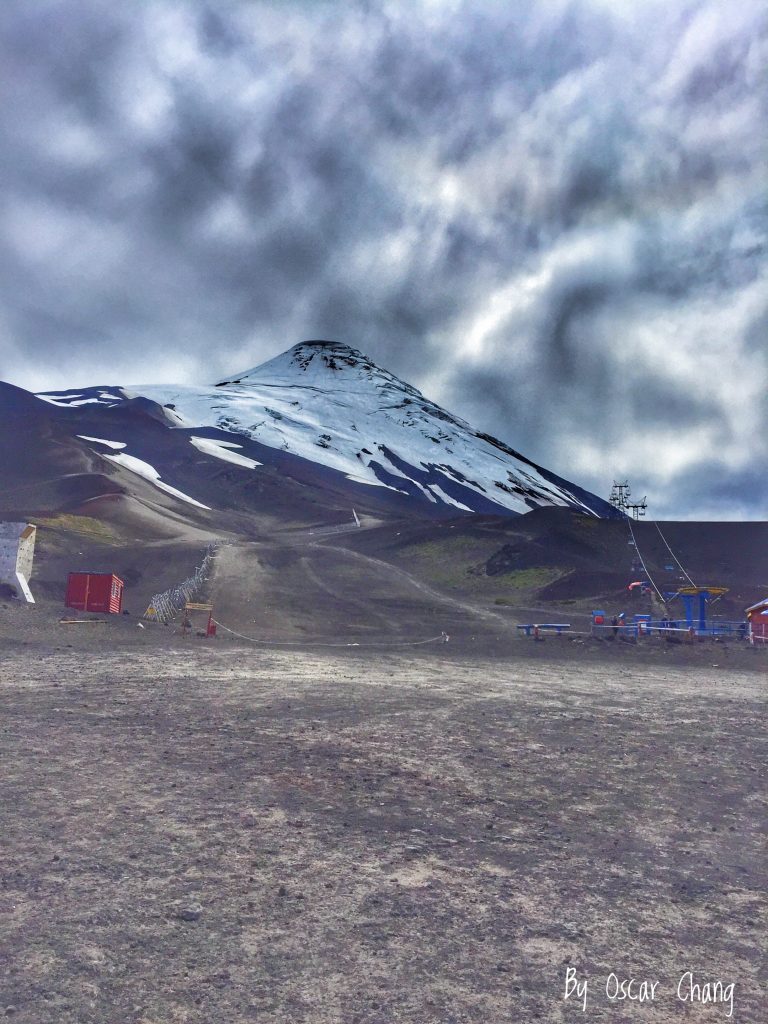
N° 1: vOLCÁN OSORNO
N° 2: DESDE vOLCÁN OSORNO

N° 3: Desde el vOLCÁN OSORNO
N° 4: vOLCÁN OSORNO
N° 5: DESDE vOLCÁN OSORNO
N° 6: DESDE vOLCÁN OSORNO

N° 7: DESDE VOLCÁN OSORNO
N° 8: CIMA vOLCÁN OSORNO
N° 9: CIMA vOLCÁN OSORNO
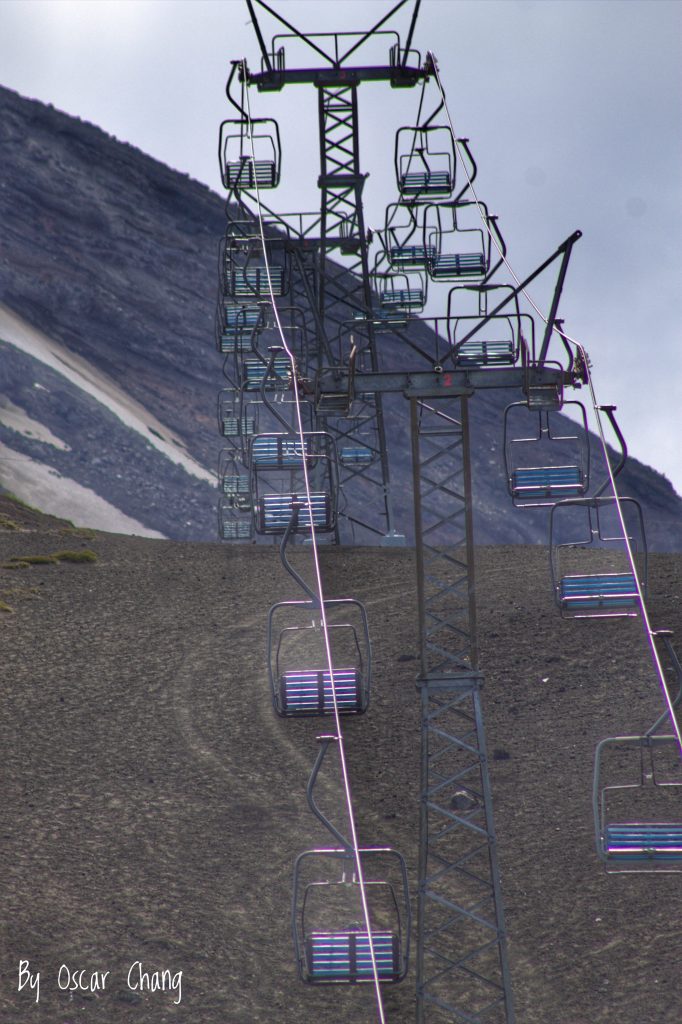
N° 10: ANDARIVEL HACIA CIMA DEL vOLCÁN OSORNO

